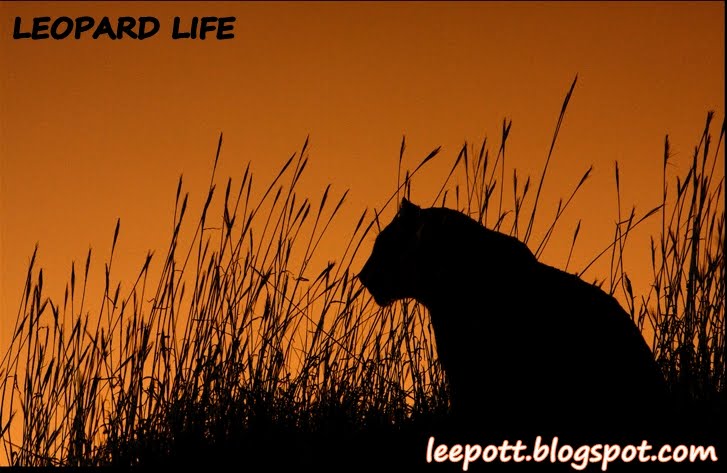Leopards have the largest distribution of any wild cat, occurring widely in eastern and central Africa, although populations have shown a declining trend and are fragmented outside of sub-Saharan Africa. Within sub-Saharan Africa, the species is still numerous and even thriving in marginal habitats where other large cats have disappeared. But populations in North Africa may be extinct.
Data on their distribution in Asia are not consistent — populations in southwest and central Asia are small and fragmented; in the northeast, they are critically endangered; but in the Indian subcontinent, Southeast Asia, and China, leopards are still relatively abundant. Of the species as a whole, its numbers are greater than those of other Panthera species, all of which face more acute conservation concerns.
Leopards live mainly in grasslands, woodlands, and riverine forests. They are usually associated with savanna and rainforest, but leopards are exceptionally adaptable: in the Russian Far East, they inhabit temperate forests where winter temperatures reach a low of −25 °C (−13 °F).

